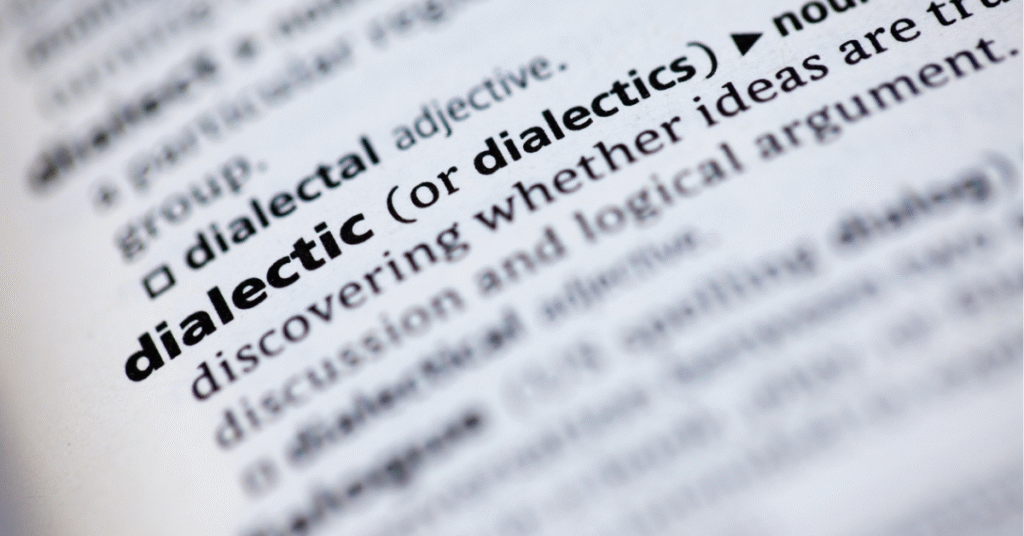Introduction
Understanding the difference between a language and a dialect is more than just a linguistic debate—it shapes identity, culture, politics, and professional communication. While both share similarities, the distinction affects education, business, and even international diplomacy. For companies and translators, recognizing whether a variety is a language or a dialect is critical to avoid miscommunication and ensure accurate localization.
Table of Contents
Defining Language
A language is a structured system of communication used by a particular community or nation. It has standardized grammar, vocabulary, and writing systems that allow it to be recognized at a global or national level.
For example, Spanish, English, and Mandarin are classified as languages because they have official status, standardized rules, and broad intelligibility across large populations.
Defining Dialect

A dialect is a regional or social variation of a language. It may differ in pronunciation, vocabulary, or grammar, but it still remains mutually intelligible with the main language.
For instance, American English, British English, and Australian English are dialects of the English language. Similarly, within Arabic, Egyptian Arabic and Levantine Arabic are considered dialects of the broader Arabic language.
Dialect vs Language Examples

Understanding the difference between a language and a dialect often comes down to mutual intelligibility. If speakers can generally understand each other, the variations are usually considered dialects. If not, they are classified as separate languages.
- Mandarin vs Cantonese – While both are forms of Chinese, they are not mutually intelligible. Many linguists argue they should be classified as separate languages, even though politically they are often called dialects.
- Hindi vs Urdu – Linguistically very similar and mutually intelligible in spoken form, yet recognized as separate languages due to cultural and political identity.
- Social Dialects Examples – In English, African American Vernacular English (AAVE) and Cockney English are examples of social dialects shaped by community and identity.
Accent vs Dialect
Many confuse accent vs dialect. An accent is only about pronunciation differences, while a dialect also involves changes in grammar and vocabulary.
- Example: A New Yorker and a Londoner may both speak English with different accents, but both still use the same dialect (English).
Cultural and Social Factors in Language and Dialect
The line between language and dialect is not just linguistic—it is also cultural, political, and social.
- A dialect may gain recognition as a language when it becomes a marker of national identity.
- Standardized language and dialect distinctions often reflect political decisions rather than purely linguistic differences.
How Dialects Affect Interpreting and Localization
In professional translation, dialects and languages play a crucial role. Choosing the wrong variety can cause miscommunication and even business losses.
- Example: A marketing campaign translated into European Spanish may not resonate with Latin American Spanish speakers.
- Localization ensures that content is adapted not just to the language but to the specific dialect and culture of the audience.
Challenges in Translation with Dialects
Professional translators face unique challenges when handling dialects:
- Mutual intelligibility in languages can be misleading; subtle cultural or idiomatic differences may still create confusion.
- Translators must decide whether to use standardized language or adapt to a local dialect.
- Misunderstandings often happen when dialects are mistaken for entirely different languages.
Business Translation Errors from Dialect Confusion
Dialect confusion can create professional translation mistakes to avoid:
- Legal translation services: A single mistranslated legal term in one dialect could change contractual meaning.
- Technical translation: Instructions written in Brazilian Portuguese may confuse readers in Portugal.
- Business translation errors: Companies have lost credibility when using the wrong dialect in advertising or branding.
Conclusion
The difference between a language and a dialect is not always clear-cut. Linguistics, culture, and politics all influence how we classify them. For professional translation, understanding these distinctions is critical. At Translation Excellence, we ensure that your message is accurate, culturally relevant, and adapted to the right language or dialect for your audience.
Related: How Language Policies Shape Immigration Laws Around the World
FAQs
What is the difference between a language and a dialect?
A language is a standardized system of communication with grammar and vocabulary, while a dialect is a variation of a language shaped by region or community.
What is dialect with example?
A dialect is a local form of a language. For example, British English and American English are dialects of English.
What is a real-life example of a dialect?
In Spanish, Mexican Spanish differs from Argentinian Spanish, yet both are dialects of the same language.
How many dialects are in English?
English has dozens of dialects, including British English, American English, Australian English, Indian English, and many regional varieties within those countries.
Related:


